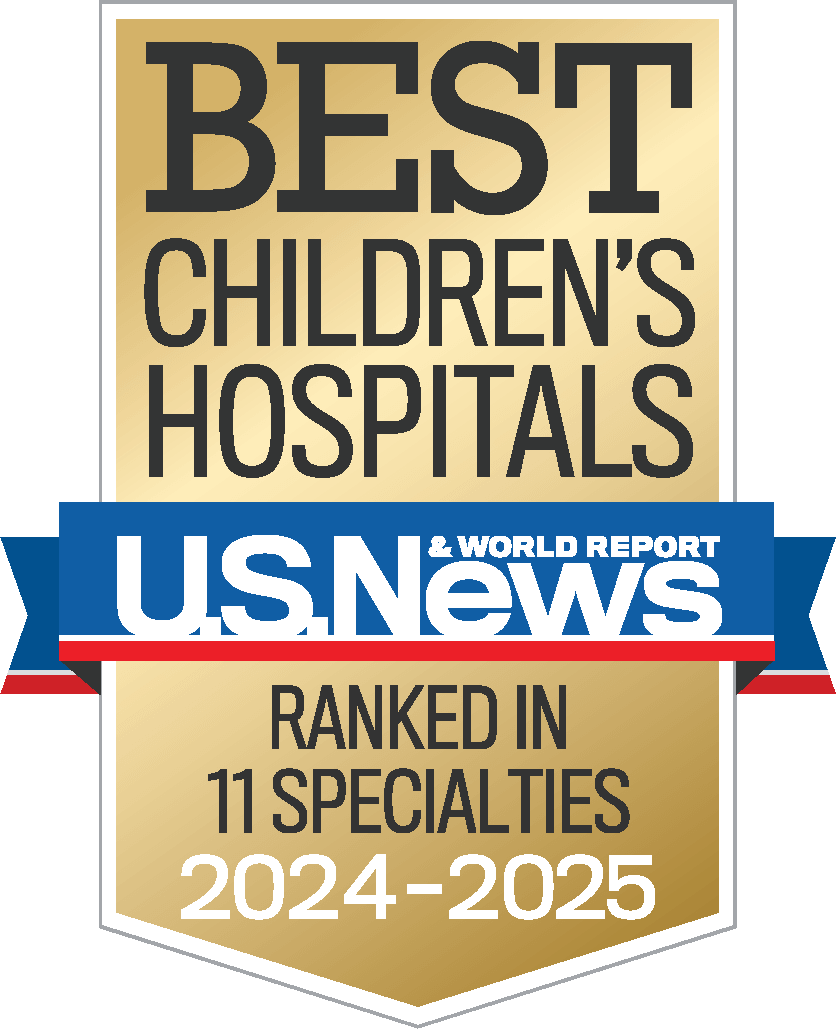Statistics and Outcomes
Seattle Children’s Hospital’s Statistics and Outcomes
Seattle Children’s provides statistics such as volumes (the number of surgeries performed or patients seen) and outcomes (results of treatment given to patients) to help you make better decisions about your child’s care.
We also gather data on how well the treatments we provide work so we can identify ways to improve. We share our data with organizations that manage national databases so that our results can be compared to other hospitals’ results.

We are proud to have outcomes that are consistently among the best in the nation. In 2024, U.S. News & World Report again named Seattle Children’s among the top 10 best children’s hospitals in the U.S. and the best in the Pacific Northwest.
U.S. News & World Report has recognized Seattle Children’s as a top children’s hospital every year since it began ranking medical centers more than 30 years ago. This means that your child will be cared for by the very best.
Learn more about statistics and outcomes for these clinical programs:
- Cancer and Blood Disorders Center
- Fetal Care and Treatment Center
- Gastroenterology and Hepatology
- Heart Center (including prenatal diagnosis)
- Neurosciences Center
- Rehabilitation Medicine
- Transplant Center (heart, kidney and liver)
- Related links
What if I have questions?
Talk with your doctor about your child’s condition and treatment options.